Nikon 16 85mm vr review
Nikon 16 85mm vr lens review
Last update: 10/03/2015
Add more sample photos to the sample photo page
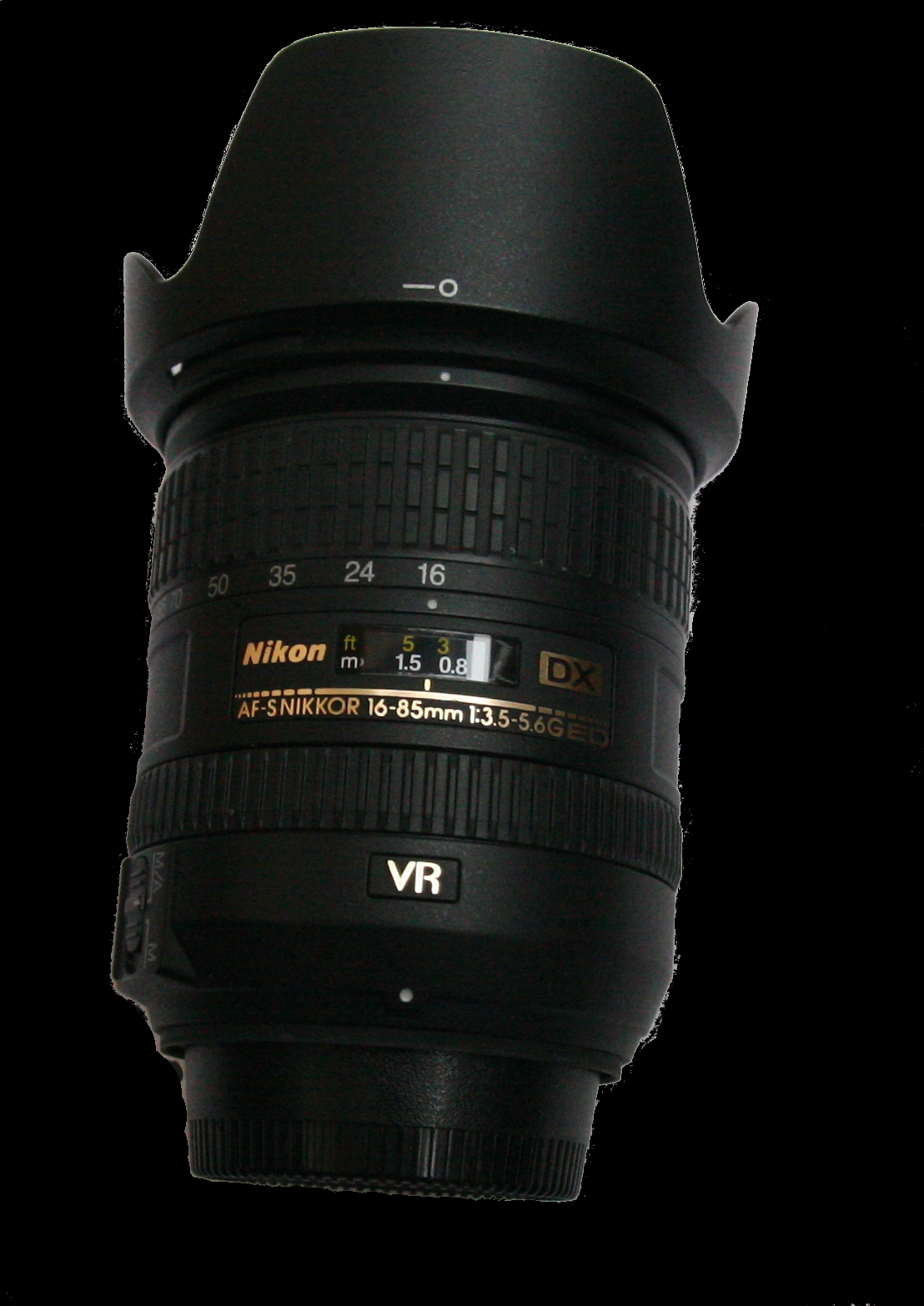
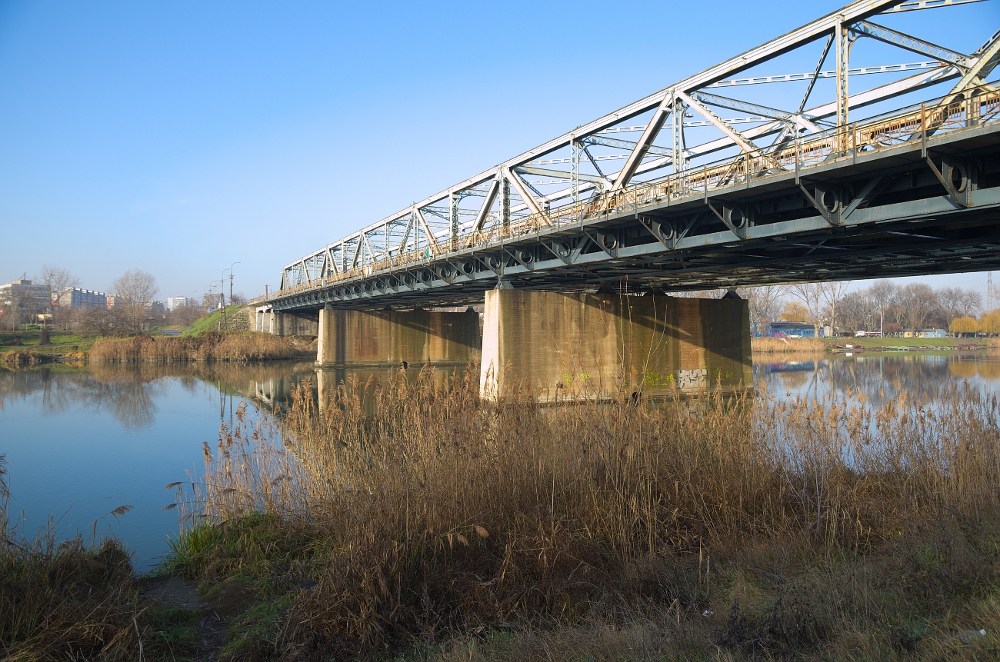
Nikkor 16-85mm Nikon d7000 16mm f5.6 ISO 100 1/80s.

Nikkor 16-85mm Nikon d7000 34mm f7.1 ISO 2500 1/125s.
[do_widget Text]
Nikon 16 85mm vr lens review
Official name
AF-S Nikkor 16-85mm 1:3.5-5.6 G ED-IF SWM VR

Nikkor 16 85 vr – settings 85mm f5.6 iso 1600 Nikon d7000 as it comes out of the camera
Handling, build quality
The Nikon 16 85mm vr lens feels small in the hand compare to the f/2.8 bright alternatives. The lens is reasonably well built, but not tank like as the professional grade lenses.
The lens has very good build quality. The lens feel durable, the markings are seems made properly. The lens has a distance scale, which is often missing in cheaper lenses.
The lens has a Duo-cam design, the lens extends during focusing. There are three parts of the lens barrell, two parts only can be seen if we zoom for longer focal lengths. The lens barrel made of good quality, hard plastic.
The lens front element does not rotate, so using a polarizer is not a problem. This is what I suggest to this lens, a good polarizer is a very useful thing for this lens.
This is not a Pro lens for serious abuse, I don’t think the lens can resist a serious abuse such as dropping on the concrete, or a stronger hit to some hard objects. The zoom ring and the manual focus ring turns very smoothly.
The lens has three switches: Vr (vibration reduction) on-off switch, Vr normal or active(used in intense situation like boat for example) switch, and M/A(Autofocus with override) – M (Manual focus).
Autofocus
I am very satisfied with the Nikon 16-85mm vr lens autofocus. The autofocus is quick and silent and has a premium feel in usage. Easily catch flying birds or other moving targets. If we use the manual focus ring the ring has app. 60 degree route, which is very nice and helps to precise manual focusing, not as precise as macro lenses, but for example the Tamron 17-50 lens has 45 degree focus route.
Durability
Seems the lens is very durable. no problem with the gold colored markings, the plastic barrell, the mount, the switches, the meter markings glass/plastic window. The SWM motor works in autofocusing, quickly and nearly silently. According to lens repairers the Canon‘s USM is more durable, than Nikon’s but even Canon’s can have problems is long term several years heavy usage. ( The usual problem is that the wire brokes which connects the motor ). I am a second hand owner of this lens and I use heavily, but still looks very nice. At first I thought that the lens is not so durable / not so well built, but time tells actually the lens has very good build quality. Unlike older Sigma/ Tamron lenses colors of the barell won’t change slightly or drastically, no scratches, usage marks, like paint go away. It feels and looks it is a very durable high quality product, you can use it for long years normally without any concern. Most people sell it ( buy something more expensive ) before any problems occur I guess.
[do_widget Text]
Stabilizer
The stabilizer claim to VrII by Nikon, which proclaimed to do 4 stop difference. The stabilizer has two modes: normal, and active. Active mode is used in more extreme situations like moving platform, shooting from the vehicle, or other similar situations. The stabilizer is very effective: I made this shot at 1/8s for first attempt from the stopped car window.
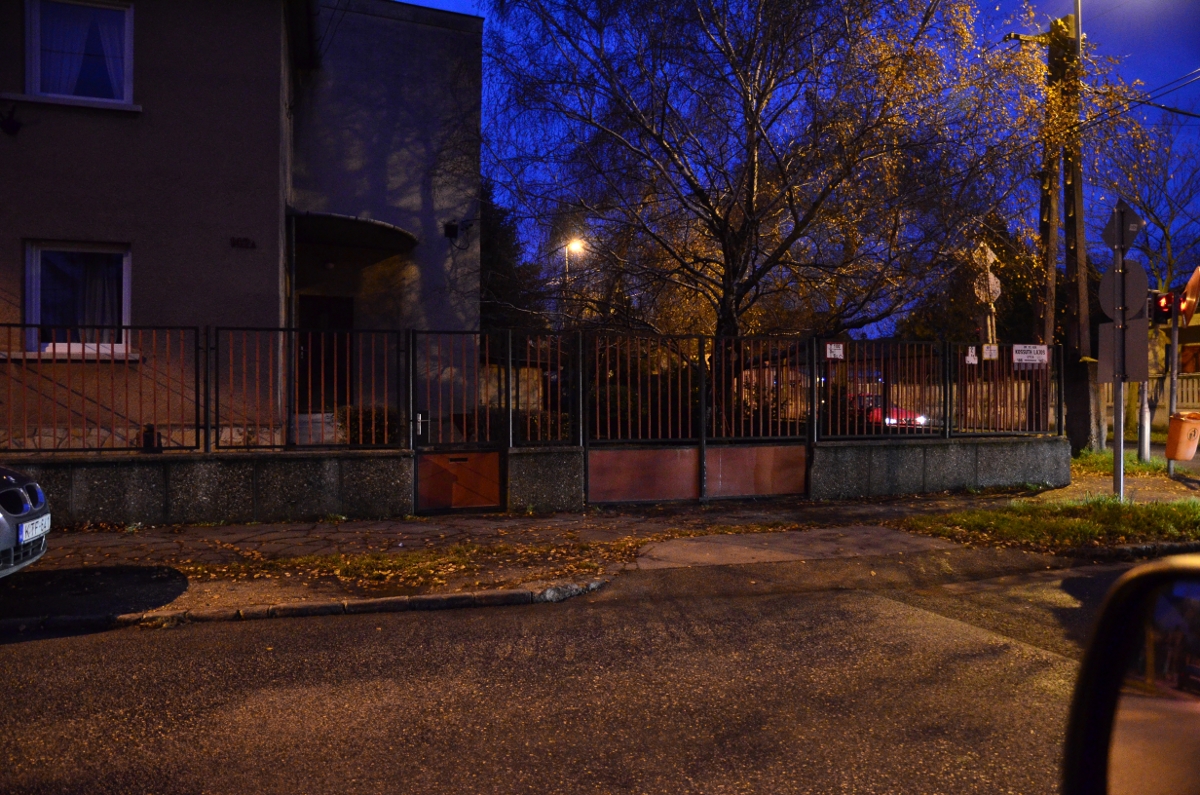 Nikon d7000 – Nikkor 16-85 vr 16mm f3.5 iso 2500 1/8s
Nikon d7000 – Nikkor 16-85 vr 16mm f3.5 iso 2500 1/8s
SpecificationsFilter size: 67 mm ( not rotating ) |
Standard accessories
-Petal shape lens hood – HB-39
-Nikon Lens cap
-Booklet
Focal range:
The lens has a very useful focal range. I very much like the 16mm wide angle setting (Usual kit lenses stop at 18mm). The 85 mm tele setting is also very nice, this way the lens can function as an occasional portrait lens. The two below photographs were made from the same position in the two extreme setting.
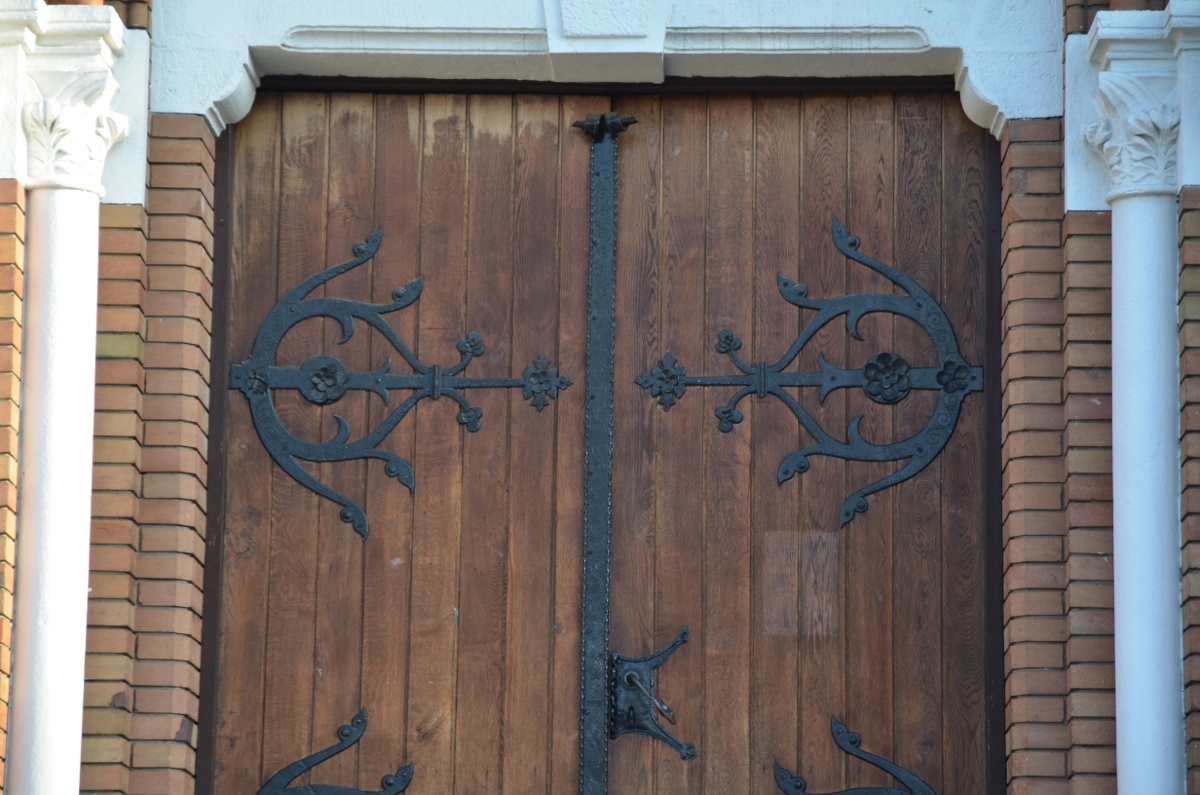
Nikon 16 85mm Vr lens – 85mm f5.6

Nikkor 16 85mm 16mm f5.6
Lens brightness at different focal lengths
Approximate numbers:
16mm f/3.5
20mm f/3.8
24mm f/4
28mm f/4.2
30mm f/4.2
35mm f/4.5
42.5mm f/4.8
50mm f/5
60mm f/5.3
70mm f/5.6
85mm f/5.6
Optical quality
The lens has reasonable optical quality at all focal lengths and apertures. The distortion at the wide end is less that the distortion of the 18-200 lens. Chromatic aberration is app. 1.5 pix at the two ends of zoom range if you shoot in raw (newer camera correct jpg-s automatically, some software like NX pro as well). The distortion at 16mm is quite small compare to the wide angle which is very useful.
Sharpness
The lens is very sharp at all focal lengths on absolute scale. There are many lenses out there with higher price tag with lower sharpness. The center is sharpest at 16mm at wide open f/3.5 and stays sharp all the way up to distraction effects. On the 16 Mp Nikon d7000 it is quite sharp at f/16 as well, with appropriate shutter speeds.
At the long end, 85mm the lens is very sharp even at f/5.6 and comes even sharper at f/8. Don’t expect to rival at longer subject distances with super expensive tele primes though.
This sharpness characteristics is quite unique in consumer zooms. Again the two Ed glass makes a difference. The optical design is quite complex though. In certain shots the results are not as clean, as with simpler lenses.
Colors
The lens produce very nice, saturated pleasing colors with the Nikon d7000. It is very important to me for landscapes. The two ED and 3 other special aspherical elements has a nice impact on picture quality.
Contrast
The Contrast is also very good but higher end prime lenses and shorter focal length lenses (not plastic consumer lenses) are usually better in this regard.
The lens has very nice contrast.
Bokeh
The lens able to produce nice bookeh, but not for bokeh specialists, with long bright prime lenses. The best results are achievable at the longest 85mm focal length. The aperture blades are straight.
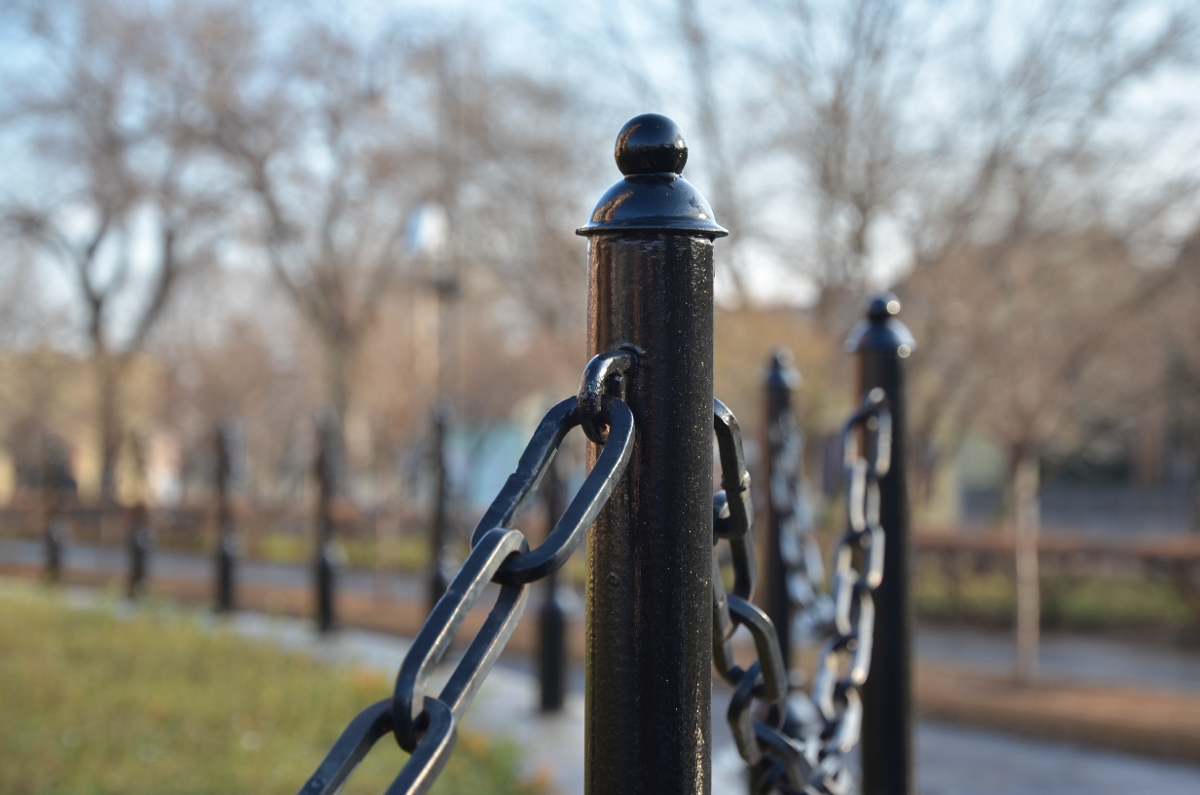
Possible usages
I mostly use the lens as general walkaround and landscape lens. This focal length makes this lens very versatile. I really like the 16mm wide angle better than the 18mm on the consumer zoom lenses. Even the distortion is not high for this wide angle. The 18mm is just don’t cut it, not very wide. The point of this lens, is not to change lenses any time. I do not really understand, apart from financial reasons if someone has an ultrawide angle lens why to buy something like this lens. Shorter range lenses are usually better, no magic, easier to make. The thing I like the best in this lens is versatility, that I do not need to change lenses all the time. This lens cannot make ultrawide angle and long telephoto shots, and 1:1 macro, but this is a small limitation. Apart from that I know I make every shot with this lens, and it is surprisingly good at any settings.
You can use it for portraits as well ( general portraits you make about your family, frieds, not artistic with creamy bokeh ), the autofocus is very quick and precise, but the f/5.6 aperture at the long end won’t produce bokeh like the f/1.8 portrait lenses. Also the f/5.6 is a serious limitation indoors, if you don’t use flash.
Alternatives
For me the best alternative is the Tamron 17-50 f/2.8 lens. This lens has the best optical quality without breaking the bank. It is brighter, but has less range, even lighter. The build quality of the Nikon is clearly better. The Tamron has two versions a stabilized newer, and an older non stabilized versions. I have the older version, which is optically better. I tested the new version as well, the difference is small between the two lenses, but the stabilized version is bigger and heavier and more expensive as well. The Tamron is sharper than the Nikon 16-85mm, but has micro motor, noisy autofocus, different colors ( not necessarily good or bad ), good contrast ( better ). For indoors and for close portraits the Tamron is clearly better because of the f/2.8 vs f/5.6 aperture. The Tamron has more distortion. The Tamron 50mm long end is not long enough for my taste. For portraits you need to be very close for tight shots.
If you are on a tight budget the Nikon 18-105 mm is the other good best value choice. I like the 16-85mm better, but it is much more expensive. I found at the wide end the 16-85mm is clearly much better, but not everybody shared my opinion.
The longer Nikon 18-200mm is also a good lens, but much more expensive. It is more versatile in terms of range. I wouldn’t buy a 18-300mm. I would perhaps buy a Tamron 16-300mm instead (not tested yet). The wider range lenses are optically inferior, has more distortion.
Nikon 18-105mm, Nikon 18-200mm, Nikon 18-300mm, Tamron 18-200, Tamron 18-250, Tamron 18-270, Nikon 18-55mm
According to me the Nikon 18-200mm is way overpriced compare to what it is. The Nikon 18-105mm can be a good although alternative with lower budget. The Nikon 18-105mm is not a bad lens, surprisingly sharp at 105mm even at f5.6. At wide angle although is not so good according to my opinion. That lens also a little bigger in size.
Compare to
18-105mm: the 16 85 feels much smaller, and better quality optically and mechanically as well
18-55 vr kit lens: the kit lens is also very nice, but the 16 85 is better overall, in picture quality, build quality and functions as well.
18-200mm: The 16 85 is optically better, and much less expensive, for this amount of money I would buy an another lens for sure.
18-300mm: The 16 85 is optically better, and much less expensive
Pros
-Very versatile focal length with wide angle and telephoto end as well
-Very sharp, even wide open, in the whole focal length range
-Excellent colors and contrast
-Moderate distortion compare to the wide angle ( around 2.5% )
-Excellent stabilizer with two modes
-Excellent ring type ultrasonic autofocus
-Very good build quality
Cons
-dark aperture especially at the long end f/5.6
-flare, without the hood artifacts can appear facing the sun (small thing)
-complex optical design, what does it means? The pic some cases doesn’t as clear as with prime or less zoom range lenses.
-plastic, it is nitpicking this is a consumer lens, from plastic, in an ideal world it would be made from metal to be more durable, and not needed to care about it so much.
Conclusion
Arguably the best one outdoor lens solution for Nikon Dx ( at least for me ). A real fun lens to use not need to change lenses all the time. Unfortunately a little expensive lens, I bought mine used. I like the convenience of the zoom range this lens gives. Both ends (16mm, 85mm) are very useful. The relatively small size and weight with good build quality is also very nice. For serious shooters good for a travel or walkaround lens. The most serious drawback for the lens is the f/5.6 aperture in the long end. I would wish to have brighter for portraits especially indoors and for better bokeh ( nothing is perfect in this world ).
Other things to buy with the lens
A Polarizer filter is a very good idea to buy to this lens. I bought a B+W linear polarizer for the lens, which is on the lens Full time, I very rarely remove it. It works flawlessly with the camera. The filter size is 67mm. This is the same as the filter size of the Tamron 17-50 non-vc for example. On the other hand the most usual filter size is 77mm, and some lenses has 62mm filters.
Many people use UV filters as well for protecting the lens’s front element. It is very useful if we want to protect the lens. If we sell the lens some time, the protective filter keeps the condition much better.
|
|
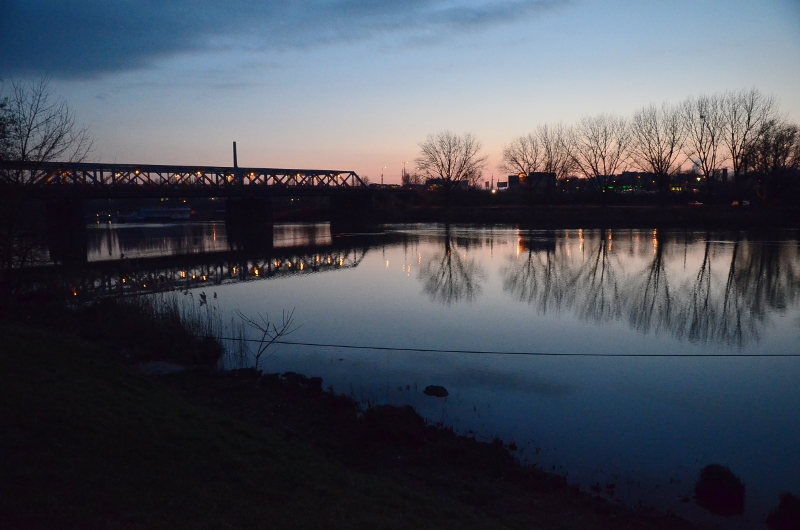 |
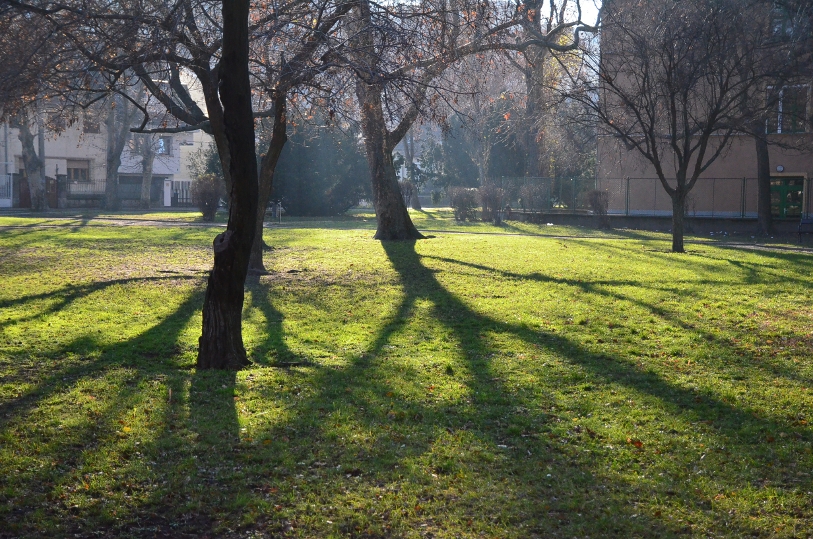 |
| 16mm f/5 ISO 4000 1/60s | ISO 3200 |
More samples with the Nikon 16 85 vr lens
Nikon 16-85 sample photos gallery